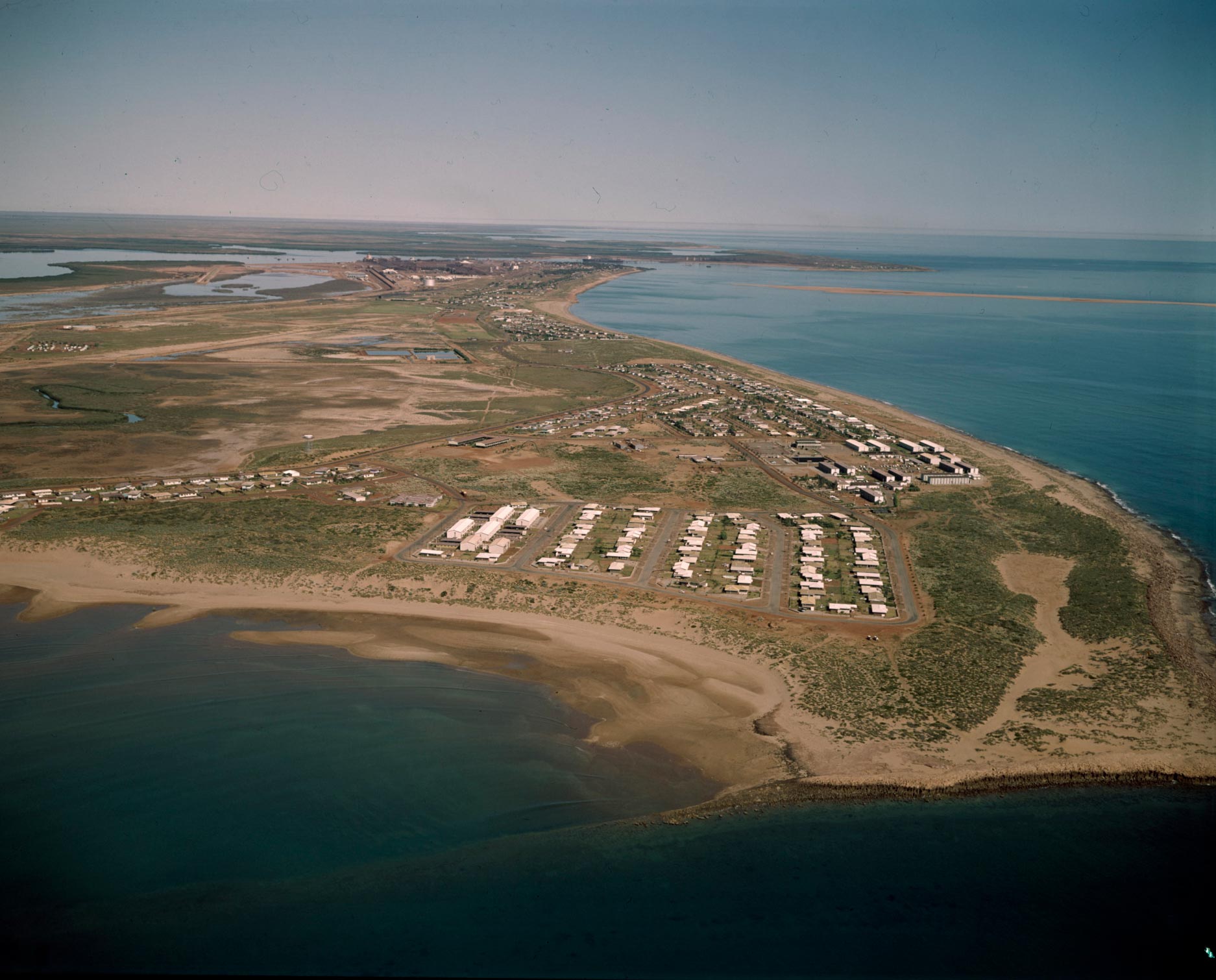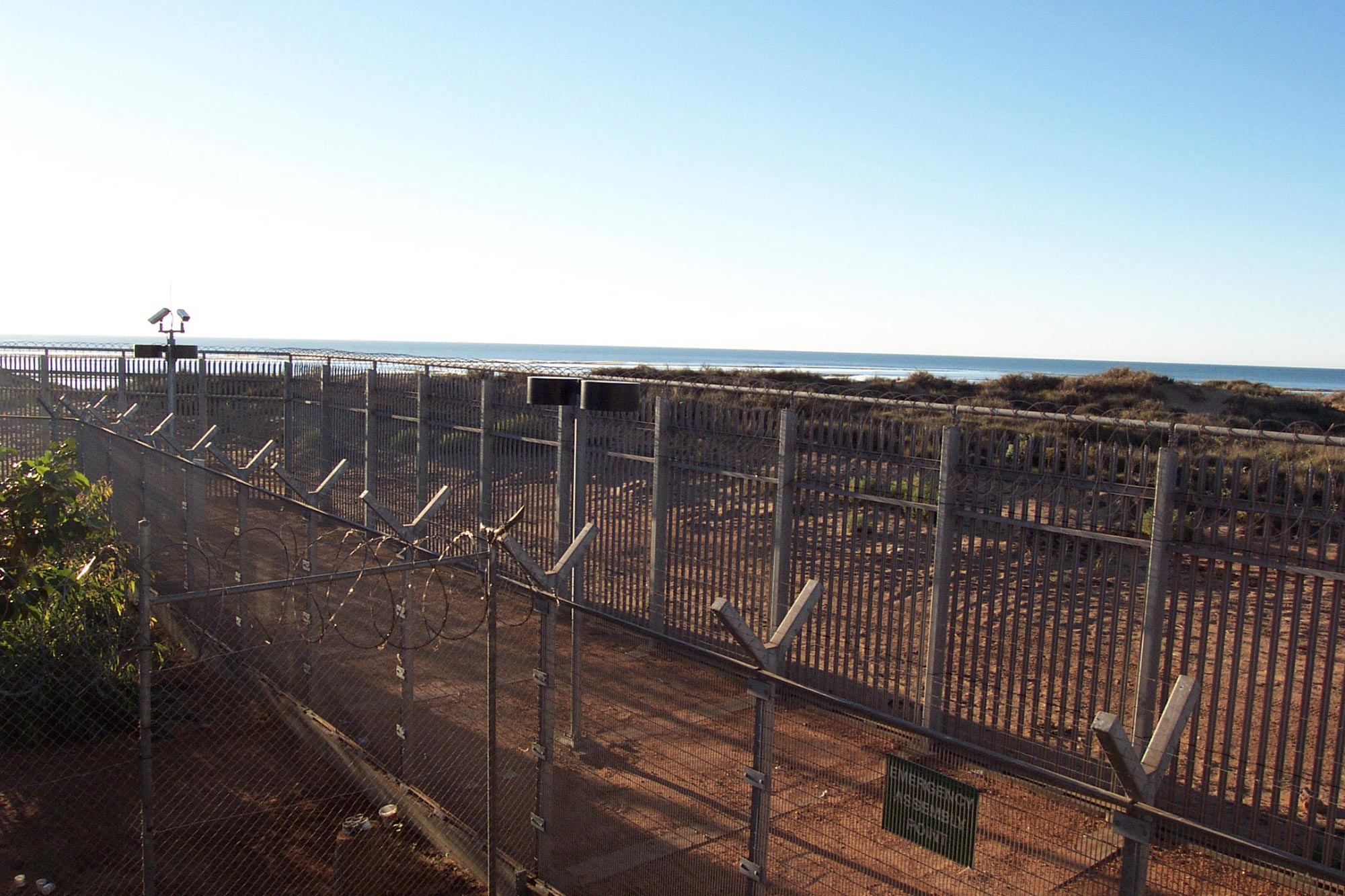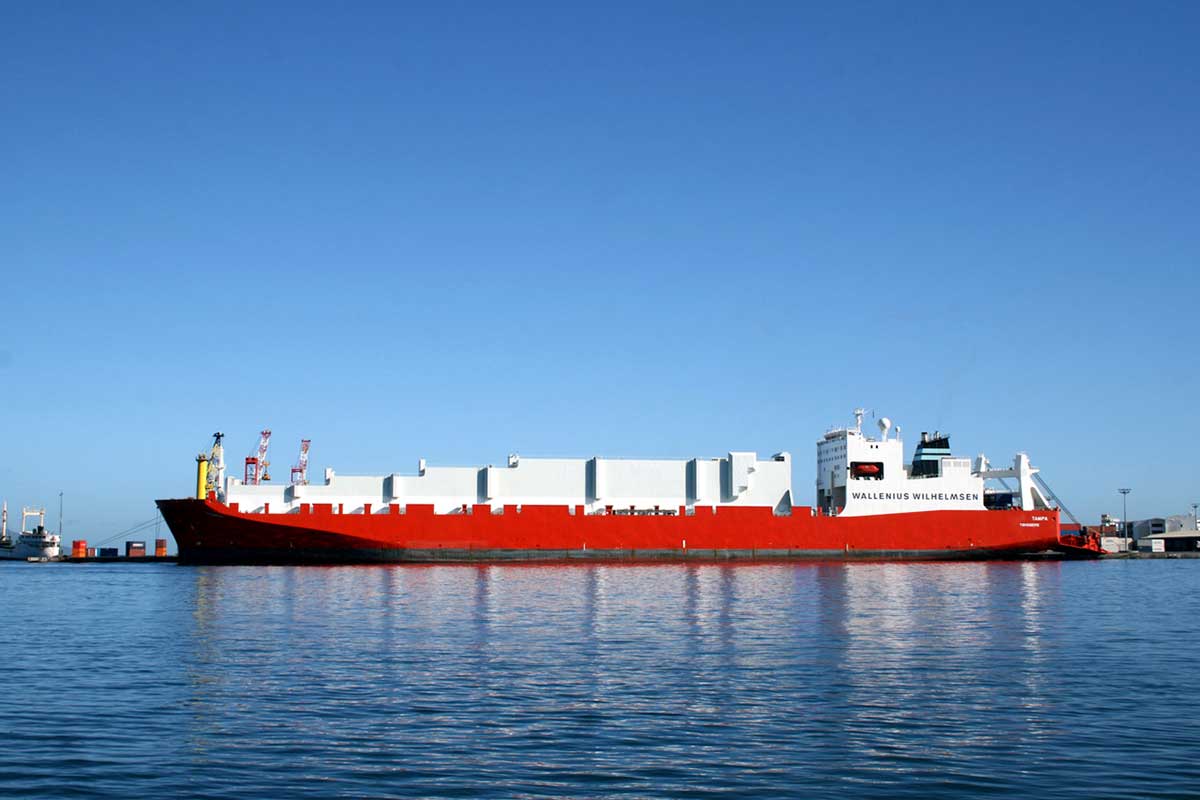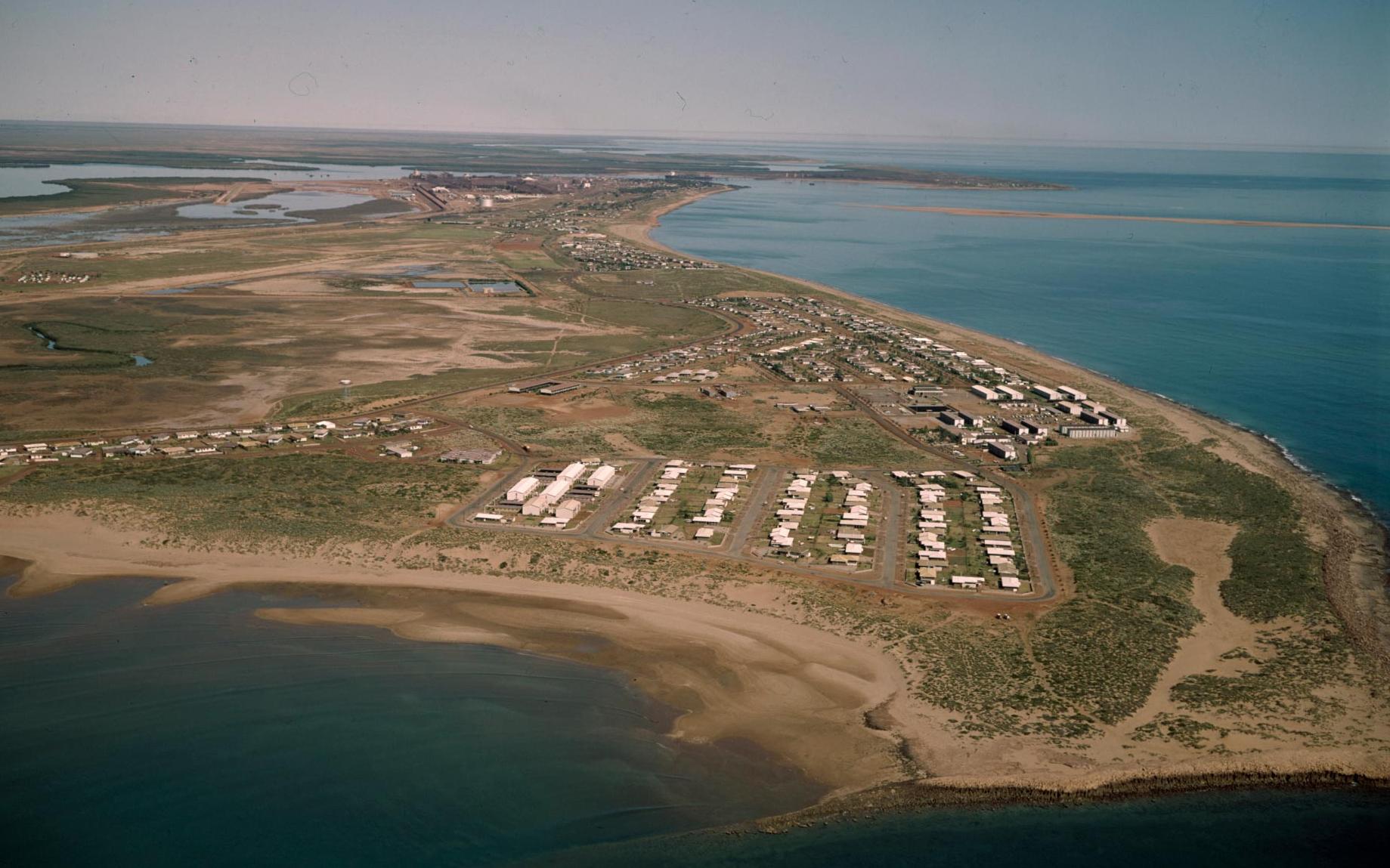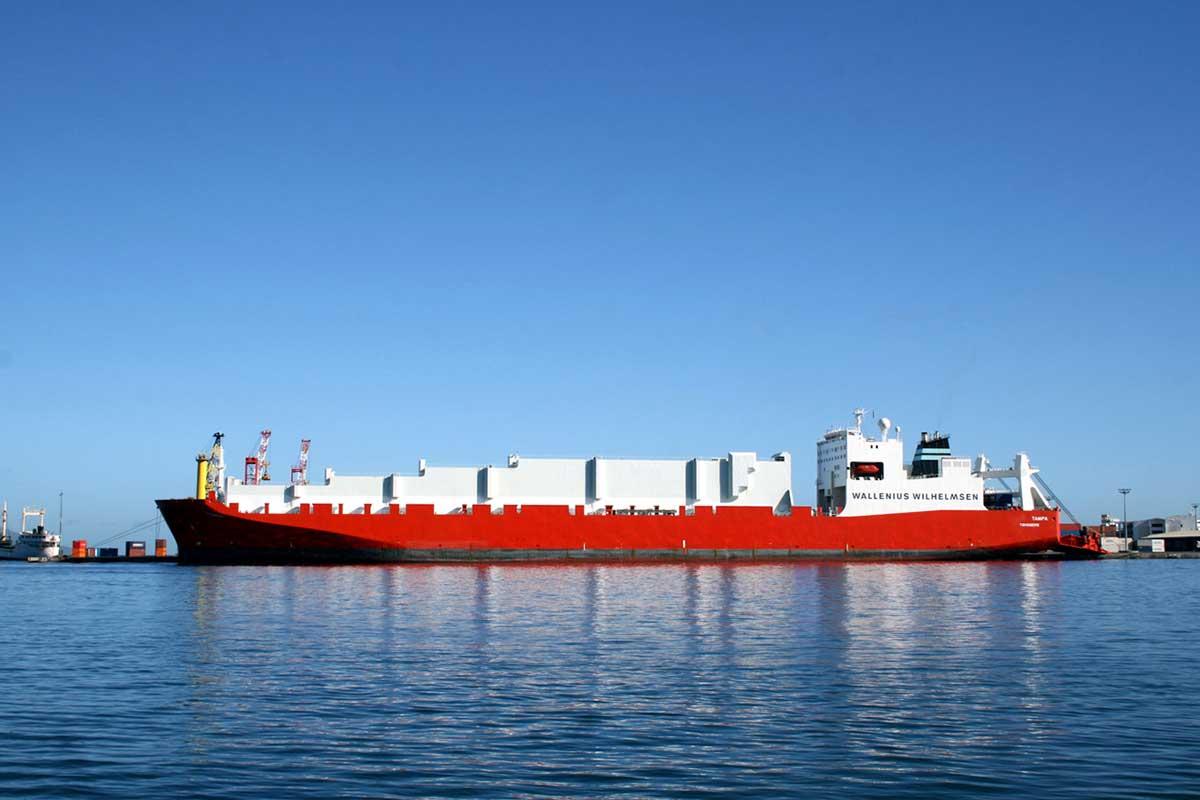Learning module:
Migration experiences Defining Moments, 1945–present
Investigation 4: Australian refugee policy
4.2 1991 Behind barbed wire: Port Hedland immigration detention centre opens
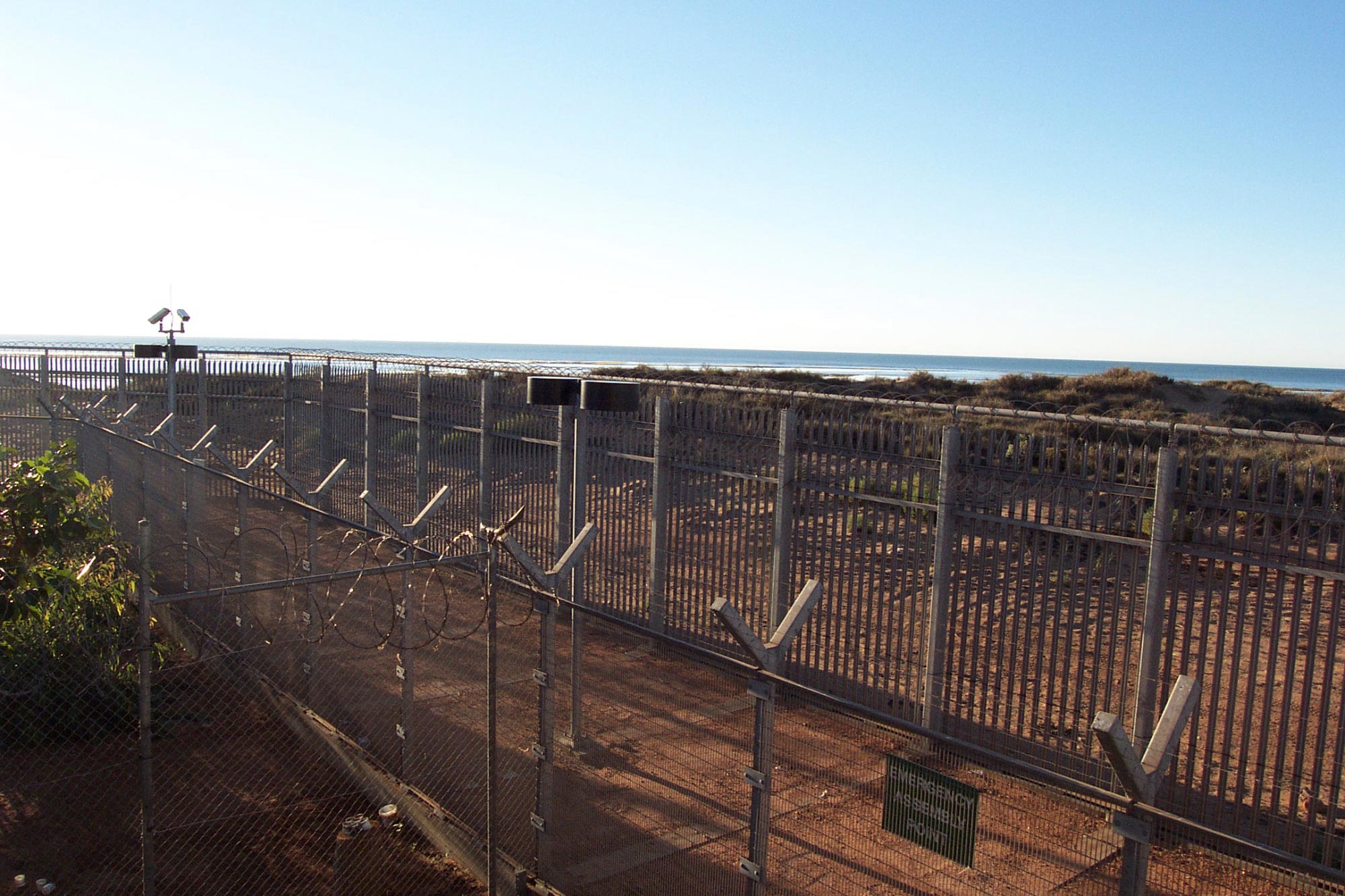
Read the information in the Defining Moment in Australian history: 1991 Port Hedland detention centre opens and use it to answer these questions.
1. What is a ‘detention centre’?
2. What is the justification for detention centres for migrants whose legal validity is being questioned or investigated?
3. Where were onshore detention centres located?
4. Which offshore detention centres were created under the ‘Pacific solution’?
5. What criticisms were made of the detention centres?
Look back at the Key questions. Which of these questions do you think you can now answer fully? Which need more research?
6. Now complete this sentence:
Exploring further
The main focus of Australia’s mandatory detention policy is to ensure that:
- people who arrive without lawful authority do not enter the Australian community until they have satisfactorily completed health, character and security checks and been granted a visa, and
- those who do not have authority to be in Australia are available for removal from the country.
Look at the statistics of Australian mandatory detention below.
Migrants held in Australian detention, 1989–2018
|
Year |
Women |
Men |
Children |
Unknown |
Total |
|---|---|---|---|---|---|
|
1989–90 |
48 |
122 |
62 |
14 |
246 |
|
1990–91 |
57 |
126 |
66 |
11 |
260 |
|
1991–92 |
42 |
119 |
25 |
2 |
188 |
|
1992–93 |
49 |
197 |
17 |
3 |
266 |
|
1993–94 |
49 |
161 |
63 |
5 |
278 |
|
1994–95 |
286 |
500 |
376 |
14 |
1176 |
|
1995–96 |
159 |
349 |
184 |
1 |
693 |
|
1996–97 |
120 |
727 |
73 |
920 |
|
|
1997–98 |
393 |
1359 |
110 |
1 |
1863 |
|
1998–99 |
649 |
2852 |
216 |
3717 |
|
|
1999–00 |
1025 |
5627 |
822 |
3 |
7477 |
|
2000–01 |
1390 |
6053 |
1344 |
4 |
8791 |
|
2001–02 |
1785 |
6307 |
1224 |
5 |
9321 |
|
2002–03 |
1536 |
5157 |
427 |
4 |
7124 |
|
2003–04 |
1586 |
5053 |
324 |
1 |
6964 |
|
2004–05 |
1600 |
5989 |
381 |
7970 |
|
|
2005–06 |
920 |
5542 |
425 |
6887 |
|
|
2006–07 |
1101 |
99 |
25 |
1225 |
|
|
2007–08 |
753 |
94 |
11 |
858 |
|
|
2008–09 |
615 |
75 |
13 |
703 |
|
|
2009–10 |
2533 |
136 |
216 |
2885 |
|
|
2010–11 |
8800 |
816 |
1630 |
11246 |
|
|
2011–12 |
7929 |
682 |
954 |
9565 |
|
|
2012–13 |
9858 |
962 |
1686 |
12506 |
|
|
2013–14 |
10609 |
2461 |
2998 |
16068 |
|
|
2014–15 |
4177 |
900 |
923 |
|
6000 |
|
2015–16 |
3174 |
442 |
206 |
|
3822 |
|
2016–17 |
2712 |
221 |
6 |
|
2939 |
|
2017–18 |
2,431 |
152 |
2 |
|
2585 |
Data compiled from Refugee Council of Australia, Statistics on people in detention in Australia, https://www.refugeecouncil.org.au/detention-australia-statistics/2/, viewed 14 October 2020 and Janet Phillips and Harriet Spinks, ‘Immigration detention in Australia’, Department of Parliamentary Services, p. 40.
7. In which years were more than 6000 migrants detained?
8. Why might there have been variations in the numbers of people being held?
Look at this information about mandatory detention and community placements:
Indefinite mandatory detention
People who arrive without a valid visa (by sea or air) must be detained by law without any time limit. As of 26 April 2018, 1369 people were held in closed immigration detention facilities in Australia, 349 of whom had arrived by boat. The average length of detention in closed detention facilities was 434 days, with 461 people (34 per cent of detention population) having been detained for over a year and 264 for more than two years. As of 26 April 2018, seven children were held in closed detention facilities in Australia.
Community placements
Although people without a valid visa are to be detained by law, they can be released at the discretion of the Government into either community detention or the community on a bridging visa E (BVE).
Between October 2010 and 2012, the government increasingly released people into community detention, but since then people have been mainly released on BVEs. As of 26 April 2018, there were 457 people (including 180 children) in community detention and 18,027 people living in the community after the grant of a BVE.
People in community detention can move freely, but must live at an address specified by the Minister for Immigration and need permission to spend a night elsewhere. They are subject to curfews and other supervision arrangements.
BVEs allow people to live in the community while their protection claims are being decided. Most people on these visas have access to Australia’s universal healthcare system, Medicare. In the past, most also received a basic living allowance equivalent to 89 per cent of Centrelink Special Benefit (about $35 a day for a single adult without children). In the past year however, the Government has significantly restricted eligibility criteria for accessing this support and there are further plans to reduce the numbers on support by an estimated 60 per cent.
Refugee Council of Australia, Recent changes in Australian refugee policy, https://www.refugeecouncil.org.au/recent-changes-australian-refugee-policy/2/, viewed 14 October 2020
9. What do you think are the strongest arguments for, and the strongest arguments against, mandatory detention in its current form?






